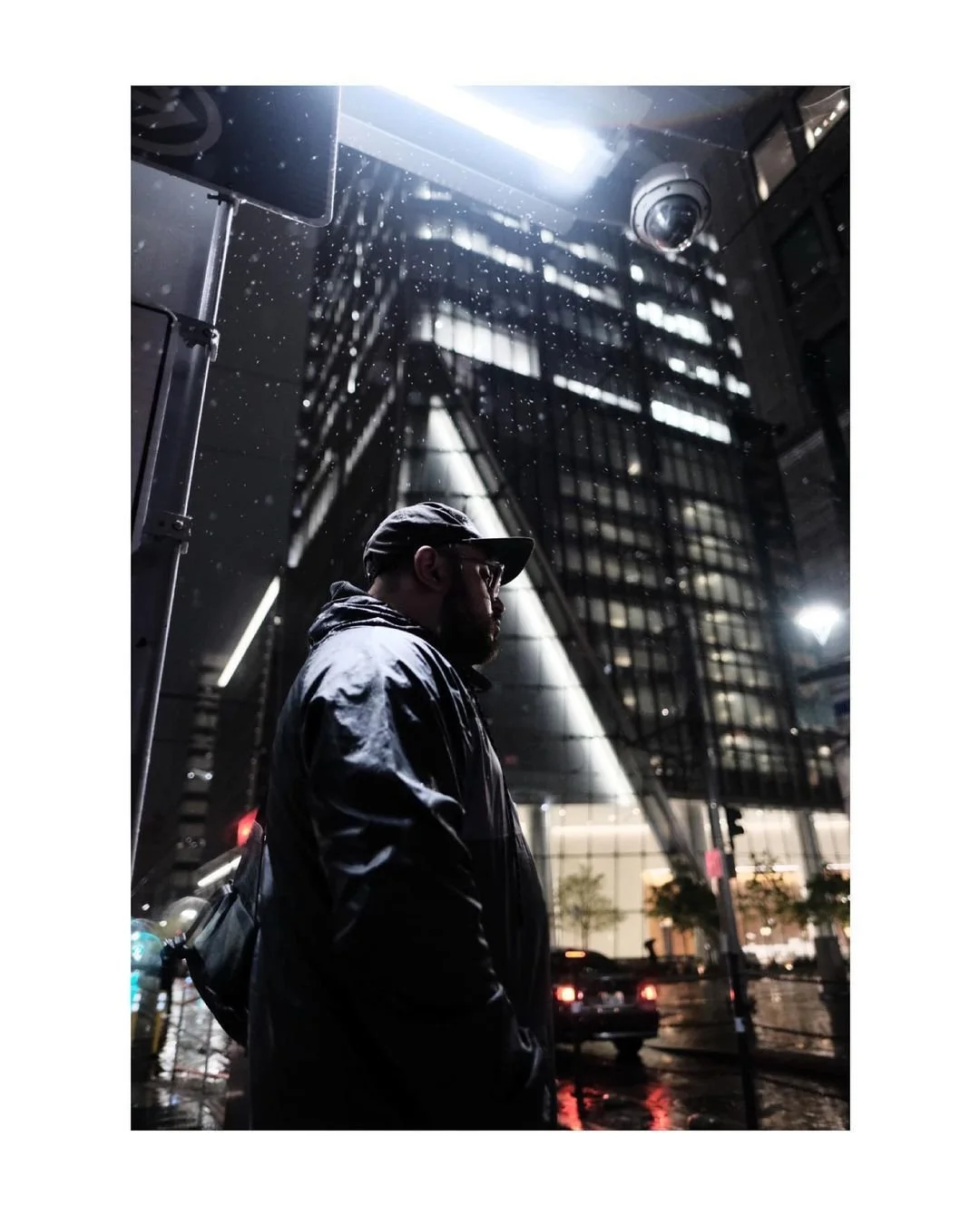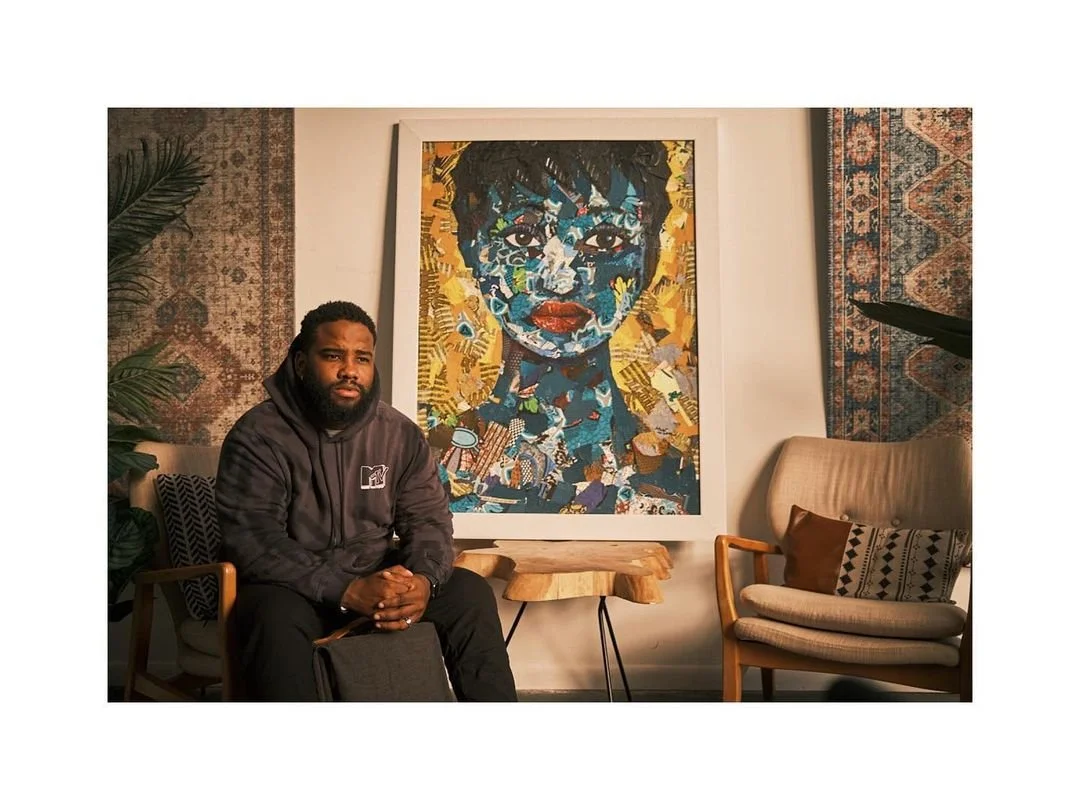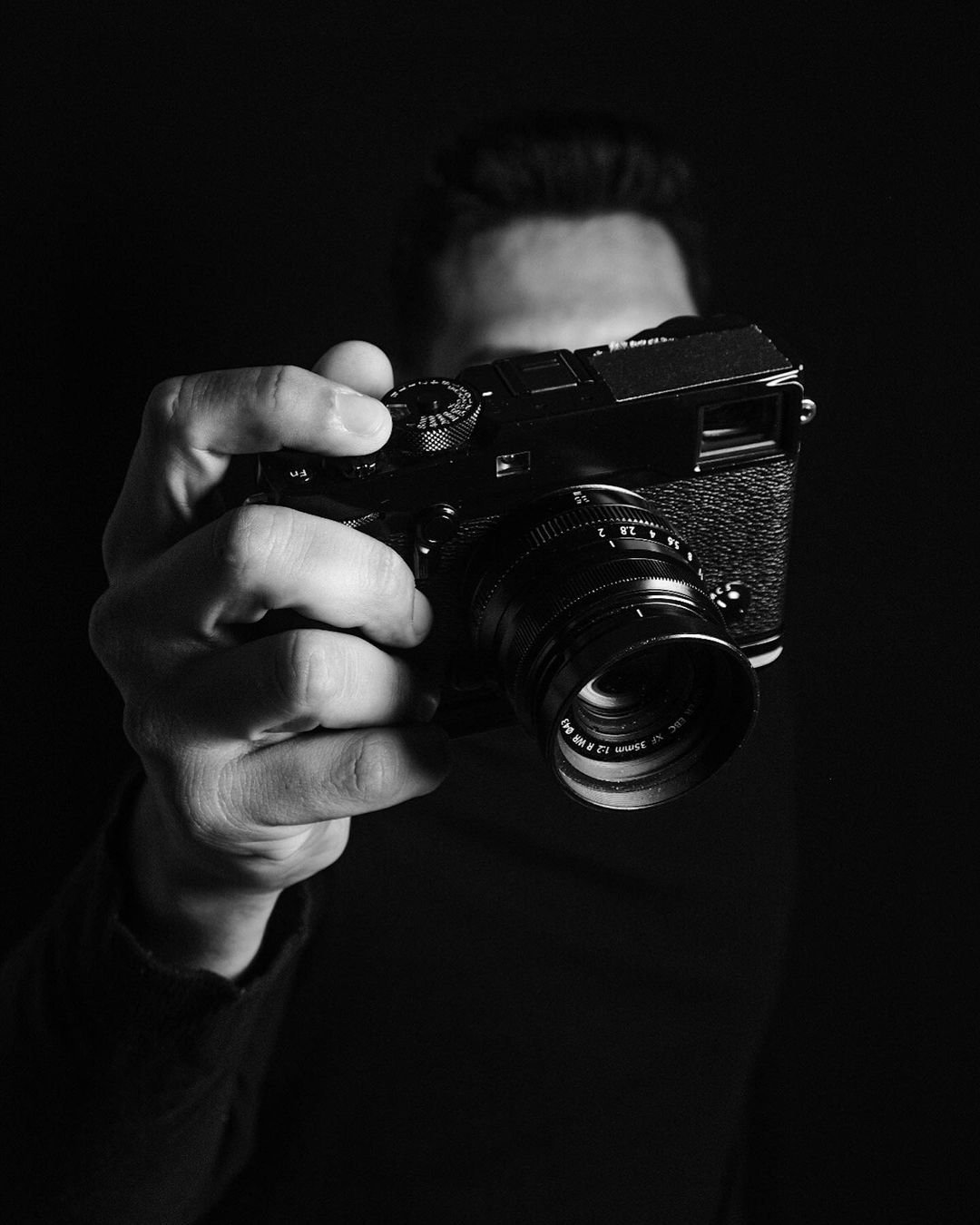Why Fujifilm?
Intro
So, why Fujifilm?
Today, you will find blogs, YouTube videos and viral TikTok that has catapulted a camera brand into a cult following, or so you are led to believe. In reality, it has been a long decade for Fujifilm to get to where it is currently at.
Beyond the hype and the trendsetters, what makes Fujifilm special? Why so much attention to a camera brand that only dedicates its time into making APS-C crop sensor, X series lineup, as well as Medium Format, the GFX lineup?
Today I will attempt to answer the question, Why Fujifilm?, and it will not be answered by someone who entered the system with the hype train on full speed to Internet sensation. Rather it will be answered by someone who got into the system where virtually no one was using it in my local photography community, which is fairly a close knit group in the first place.
Fujifilm X-Pro 2 paired with the Fujinon Xf 35mm f2.
Photography by Jairo Chacón.
Choices to make pt.1
I purchased my first Fujifilm camera, the X-T20, a beginner, entry-level camera that packs a punch in its small sized camera body. I remember making a decision between two cameras, the Canon Rebel T7i and the Fujifilm X-T20. It all came down to similar price points, and that both were entry level camera for a camera system.
Needless to say, I chose the perfect camera system for me. I am not saying one brand is better than the other, just that for me, Fujifilm was the perfect choice.
I was drawn to the retro styling of the X-T20 at first glance, however, when I saw images from the X-Trans CMOS III, my mind was blown away. I couldn’t believe that the images looked amazingly sharp, full of contrast and clarity. It really had a different look compared to the DSLR counterparts.
So what made the images so special? Is it the sensor technology? Is it the retro styling of the camera that suddenly makes you a better photographer? Or is it the photographer holding the camera? Just what is it? I will get into that later, because there are a few factors.
One of the reasons why I was drawn to the system in the first place was it retro style with the top plate dials, and beautiful design that reminisce classic film cameras of the 1950s. I will say that because of this camera design, it really helped me understand the exposure triangle that you will hear photographers speak so much about. The iso, shutter speed and aperture are all working together and thus makes me become ONE with the camera rather than an operator of it.
Another reason, and I would argue it is the most important, is the fact that Fujifilm is dedicated to the APS-C crop sensor that it produces dedicated professional grade lenses for it. Also, Fujifilm is known for making great optics and knows good glass. They create lenses for tv broadcast cameras which is their FUJINON department, and they also produce high end binoculars as well as provide digital imagery for healthcare. Very cool and interesting topics.
If you pay attention to the camera industry, there are many camera makers that houses APS-C crop sensor bodies also have Full Frame sensor bodies.
What does that mean? First off, APS-C crop sensor bodies have always been treated as entry level thus the quality has always been mediocre to just acceptable. It also means that there isn’t enough money to create dedicated lenses for good and professional level lens for those crop sensor bodies as most of the R&D was solely dedicated for the higher priced bodies, which were usually full frame.
Fujifilm X-T3 paired with the Fujinon Xf 16mm f1.4 and the Fujinon Xf 35mm f2.
choices to make pt.2
Back on track to explain why I chose Fujifilm over the rest of the camera makers.
Budget was a huge concern of mine. I thought about how much would I need to spend to invest in good quality lenses, which Fujifilm has many of, for both photography and video needs.
Money played a factor especially at the time I invested while being a newlywed. (My wife thought this was a fad, however for all of us married men, it never really is when we’re passionate about something).
I was able to invest in decent quality lenses by searching in the second hand marketplace and there are many, many, many options to invest in good quality lenses in those places.
Regardless, even buying lenses brand new aren’t that expensive compared to its competitor. For example, a portrait lens of 85mm f1.2 from Canon is $2,799.99, without taxes. The Fujifilm 56mm f1.2 is $999.99. Now I am aware that there is a huge difference in autofocus speed and focus motors and optics quality however, for most of us, we need to get better gears now than later and Fujifilm offers just that, especially when shopping in the second hand marketplace.
Xf 35mm f1.4 (front), Xf 56mm f1.2 (right), Xf 16mm f1.4 (left), Fujifilm X-Pro 2 (back).
Choices to make pt.3
I have covered the camera design and a bit about the overall prices of this system, and now I will go over the last reason why I chose Fujifilm.
I mentioned it first but wanted to emphasize this point lastly.
The images that you can create with this system is absolutely astounding. It is really punching up above its weight considering it isn’t “full frame”.
The images one can make with Fujifilm can vary on skills, practice and understanding the limitations. On the other side, we cannot ignore the technology that are behind these cameras.
The X-Trans sensor is a proprietary piece of technology where it renders colors quite differently compared to the bayer sensor. This is where it gets nerdy, so prepare yourself. Most camera sensors have an anti-aliasing (AA) filter, also known as an optical low-pass filter or blur filter. An optical low-pass filter is used to ensure that details are smoothened out so that the finer details don’t create moiré. Moiré is a visual effect that happens when two similar patterns overlap, creating new, wavy, or unwanted stripes of color that go across a photo that wasn't originally there.
Fujifilm’s X-Trans sensor is also made up of more green than red or blue. The reasons for this are because of increased resolution as well as decreasing the effects of moiré. In my experience, sometimes moiré does happens but it is rarely the case. However, I can definitely see the increase in resolution, or rather out resolve the mega pixel count it says it is.
Fujifilm X-Trans Sensor
The lenses Fujifilm creates are also on another level. There is great micro contrast, sharpness, clarity, and color rendition that comes from these optics. Fujifilm really shows its expertise in creating great lenses with character as well as clean images. What do I mean by that? Well, in the beginning, there were many lenses that were full of characters and flaws and it would show in the way it handle chromatic aberrations, and fringing. These would be shown in the 16mm f1.4 R WR (my personal favorite), 18mm f2 R, 35mm f1.4 R, & 56mm f1.2 R.
Yet, it would still have supreme sharpness and a smooth rolloff in its colors and highlights. The newer lenses, such as the 18mm f1.4, 23 f1.4, 33mm f1.4, and the 56mm f1.2, have seem to mitigate those “characters” often seen in the first generation of lenses.
It is a combination of the X-Trans sensor and the amazing quality glass Fujifilm creates that ultimate produces wonderful looking images that is definitely attainable with this system.
Despite Fujifilm not being recognized as first in its class when it comes to autofocus system, lens choices, or any criteria you can think of, it doesn’t really matter because at the end of the day, it is all about the images you create and the everlasting impact it leaves behind.
Fujifilm is a company that is passionate about making images and telling stories behind it. Most of their team grew up shooting with older film cameras and those cameras didn’t allow you to autofocus because all the lenses were manual focusing in the first place. You, as a photographer, had to worry more about composition, shutter speed, and certain camera techniques that autofocus be damned.
Now, I am not saying those things are not important and if you are looking to get the best of its class, then there are other options, but if you care more about telling stories in the areas that matters most, the final image you produce, while having extra money in your pockets.
I have been shooting with Fujifilm since 2017 and have shot with many different cameras since then but I am always left impressed with how close and not far off Fujifilm is when it comes to the images it produces.
These are the following Fujifilm bodies I have shot with since 2017:









Fujifilm X-100S
Fujifilm X-100V
Fujifilm X-Pro1
Fujifilm X-Pro2
Fujifilm X-T1
Fujifilm X-T3
Fujifilm X-T4
Fujifilm X-T20
Fujifilm X-H1
Fujifilm X-H2
Fujifilm X-H2s
Conclusion
It is a testament how Fujifilm as a company understands what it set to accomplish with a deep longing for the simple way of shooting paired with today’s technology. They understand how nostalgia can be a powerful emotion that makes those that lived in the past long for it again and again.
Fujifilm just gets us shooters, period.
That’s why I shoot with Fujifilm.









































































